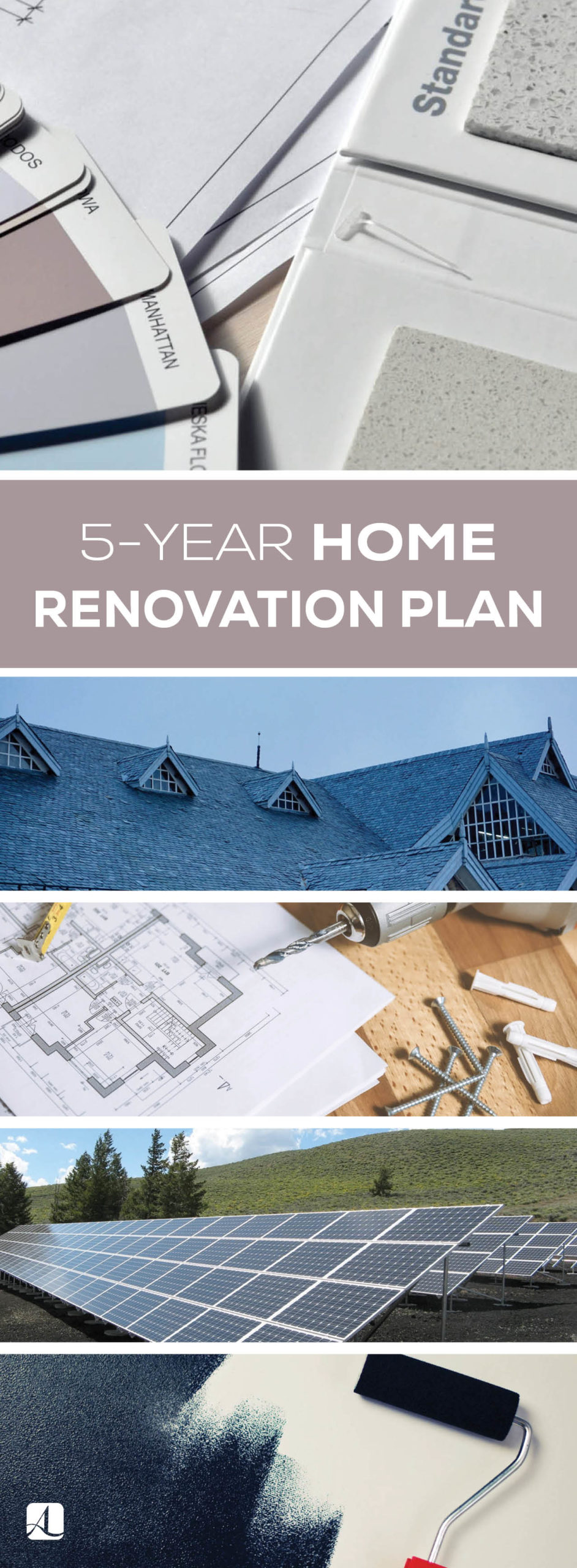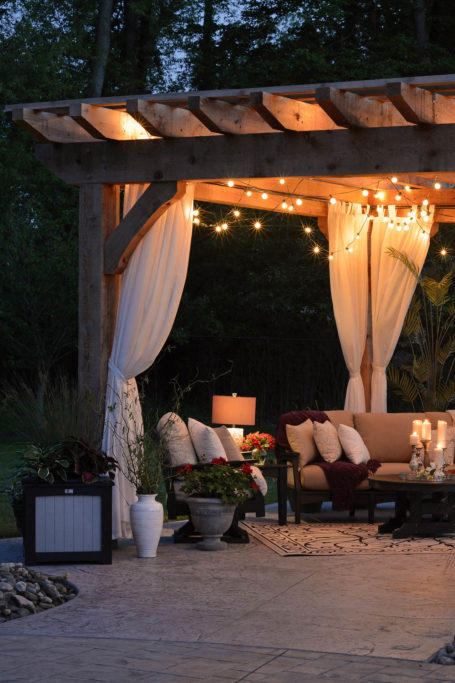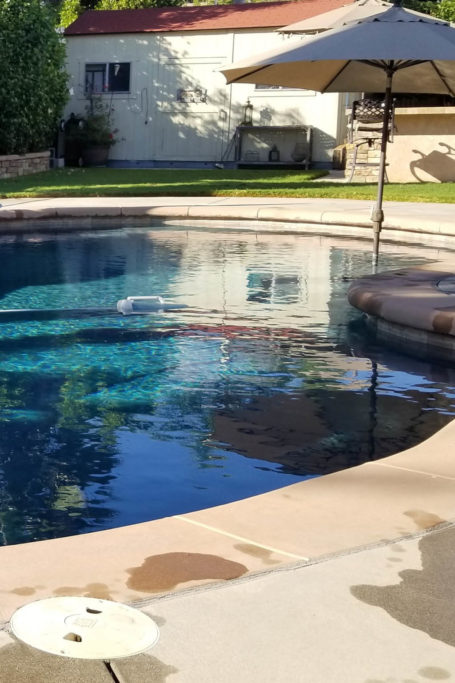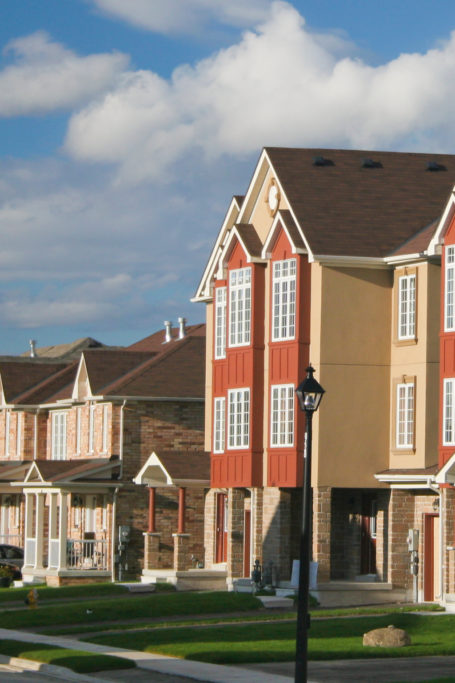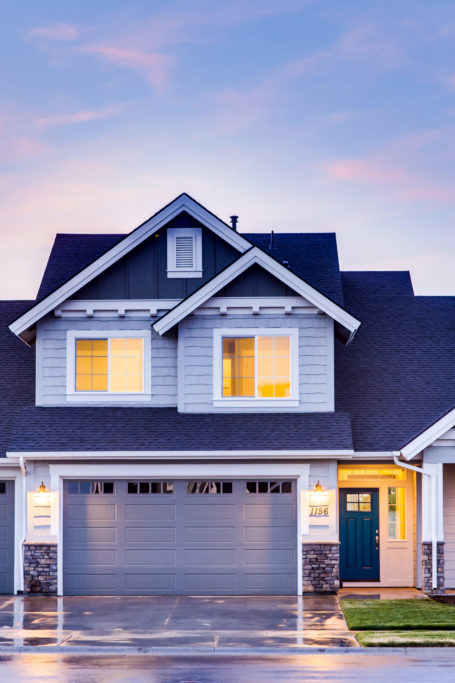Your 5-Year Renovation Plan
Take a look at your home. What do you like most about it? Now, what are the parts you wish you could change with just a snap of your fingers?
Making renovations to your home can feel like an uphill battle, but it’s one that is full of rewards, too. When all is said and done, you can rest easy knowing your home is exactly as you want it. But it’s important to be patient and practical, and to only start projects you know you can complete.
Need help deciding what to tackle first? This guide has you covered.

Week 1: Painting and touch-ups
The smallest and easiest projects—using paint to make minor fixes and freshen up rooms—are best done before you move to large-scale projects (i.e., building a deck). If you’re moving into a new home and are able to hold off on moving in furniture, do it. Rearranging your furniture so you can paint is a pain, so if you can help it, get the painting out of the way first.
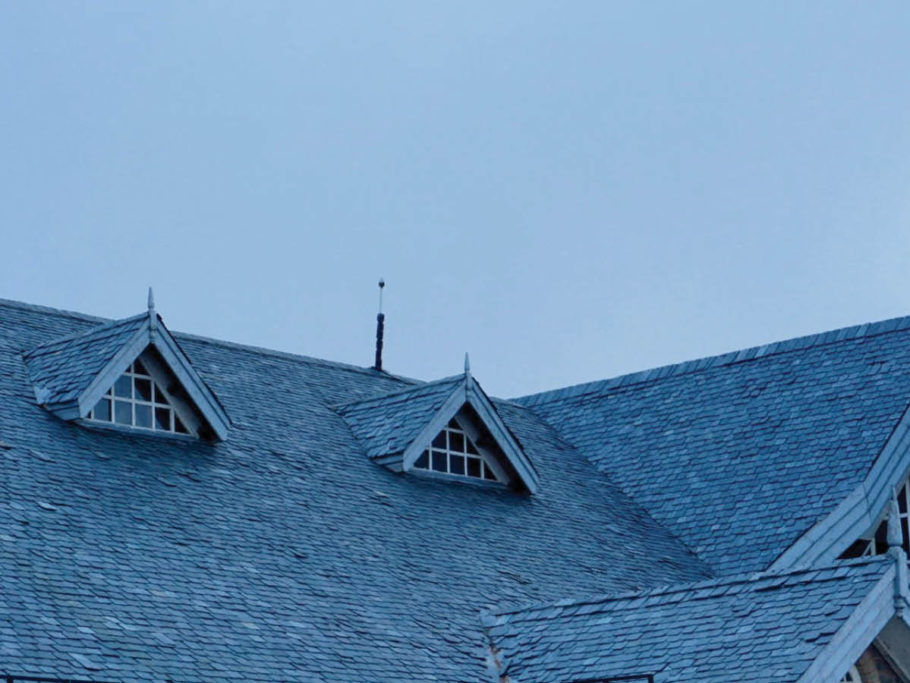
Year 1: Roof, foundation, and plumbing issues
Now that painting is out of the way, you can make room for more pressing issues, like water damage, a cracking foundation, or a leaky roof. These types of renovations are costly, so it’s important to make sure they are within your budget. However, they are also critical to your safety and your ability to live comfortably in your home.
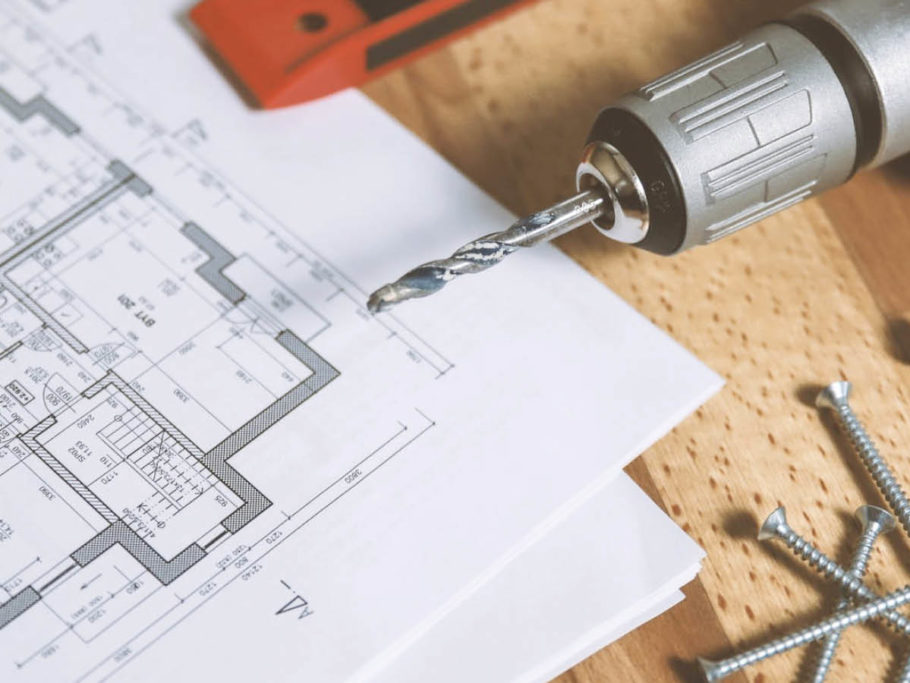
Year 2: Demolition and carpentry work
Is there a wall in your home that just seems out of place? By year two, you probably know what parts of your home are just not working—aesthetically and functionally. Take the opportunity to decide what areas of your home could benefit from a little reconstruction, and work these tasks into your budget. If there’s something that is particularly frustrating to deal with, like a lack of kitchen counter space, now’s the time to fix it.
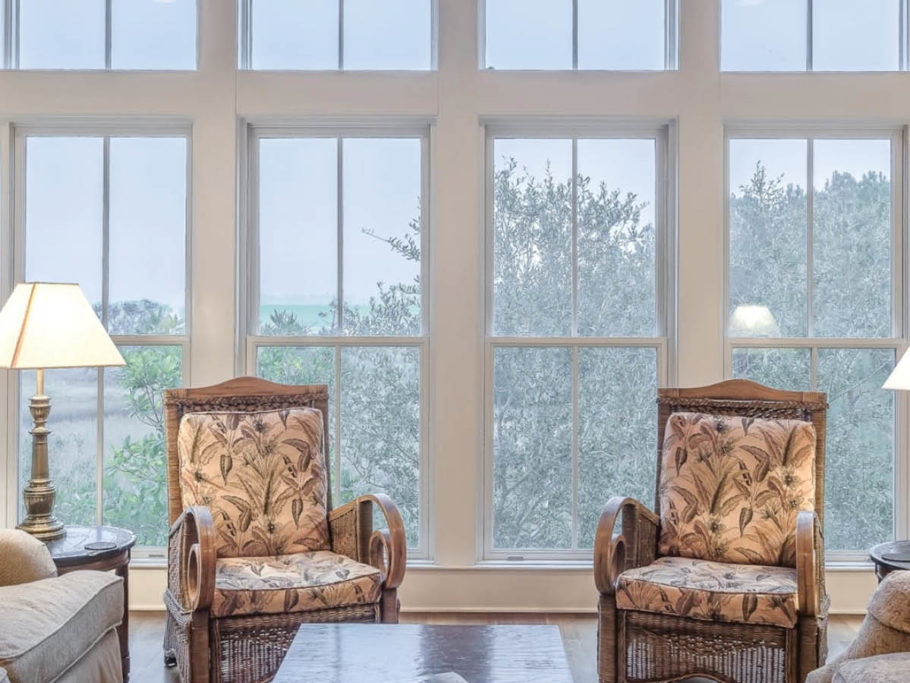
Year 3: HVAC and energy efficiency
Old heating and cooling systems can leave you with dreadfully high bills, and worse still, if you’re living in an old home without an HVAC system, winter nights and summer days can feel like you’re camping outdoors. By year three, you’ve likely had enough of whichever situation you’ve been dealing with, so it’s a good time to invest in a new system if need be. You can also look into more modern, energy-efficient options, like solar and thermal energy, which can be cost-efficient in the long run and provide you with good ROI.
Year 4: Windows, doors, and flooring
Like an out-of-date HVAC system, drafty doors and windows can raise energy costs, not to mention lower the value of your home. Depending on the kind you go with, new windows and doors can be costly. However, they can leave you with better curb appeal and lower bills. New flooring can also raise the value of your home, and can make a huge difference in the look and feel of your space. While hardwood floors are popular, don’t underestimate the power of gorgeous carpeting in some areas, which can be cheaper.
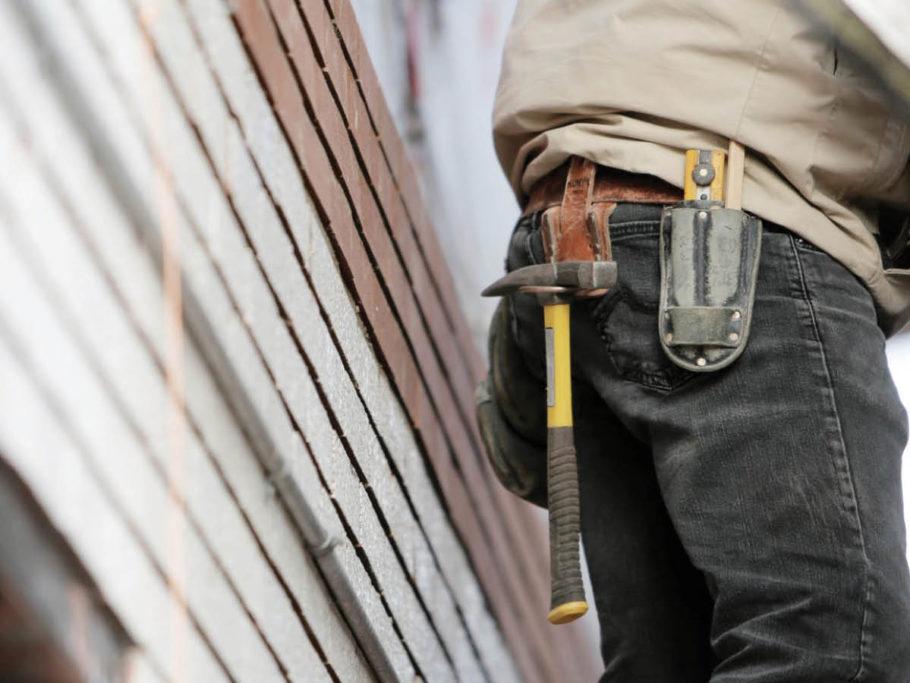
Year 5: Major additions
If you’ve spent the last five years dreaming of a wraparound porch, sprawling deck, indoor pool, or an otherwise large investment for your home, by year five you can start making the arrangements to make your dream a reality. Sometimes in the excitement of moving into a new space, you can think big and overestimate the necessity of some of these additions, but after a few years, when the big picture comes into focus, you should have a better idea of which add-ons you can afford and can’t live without.











